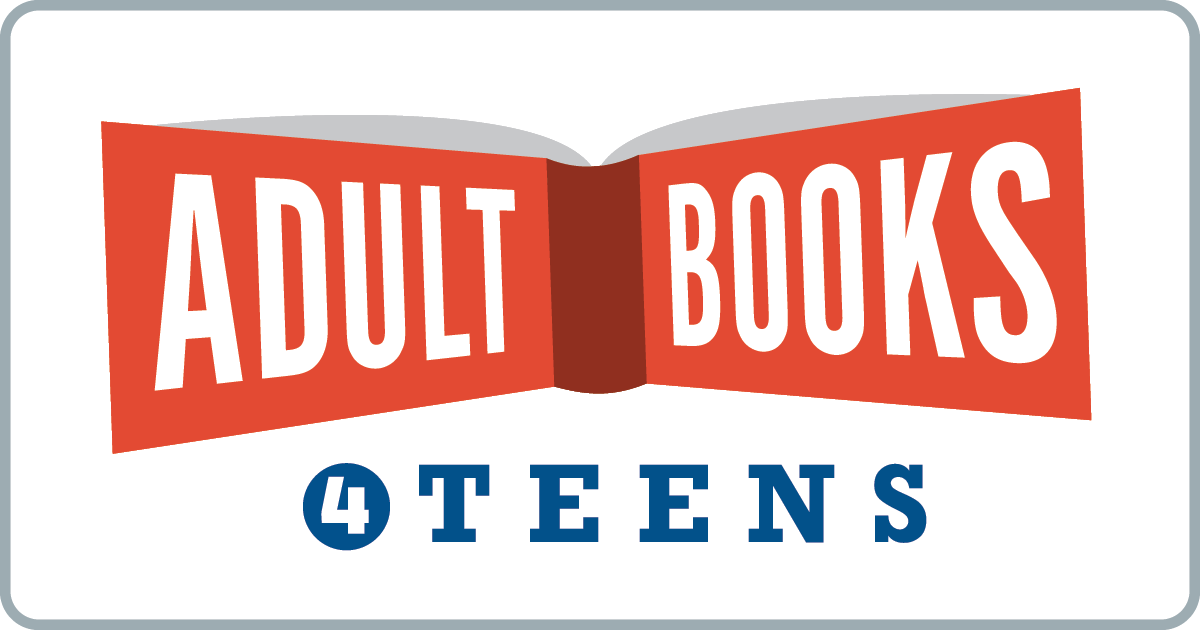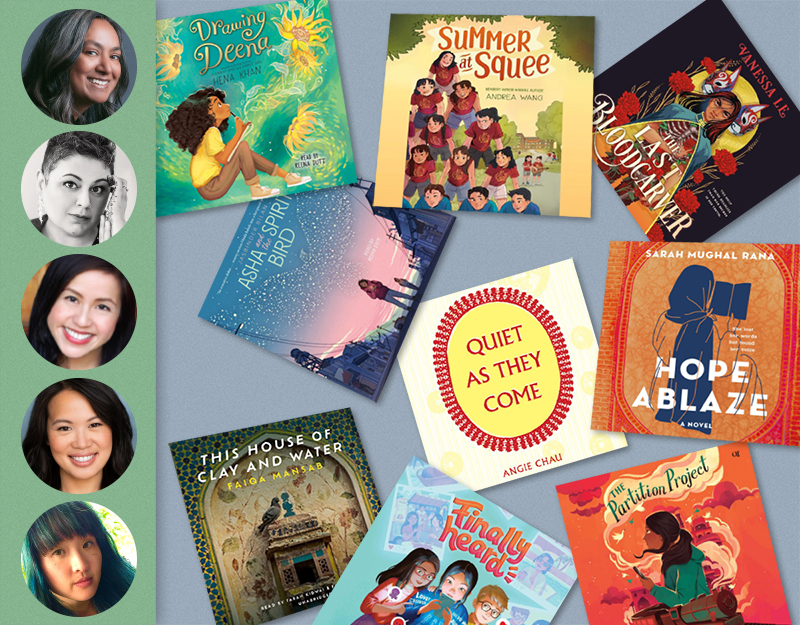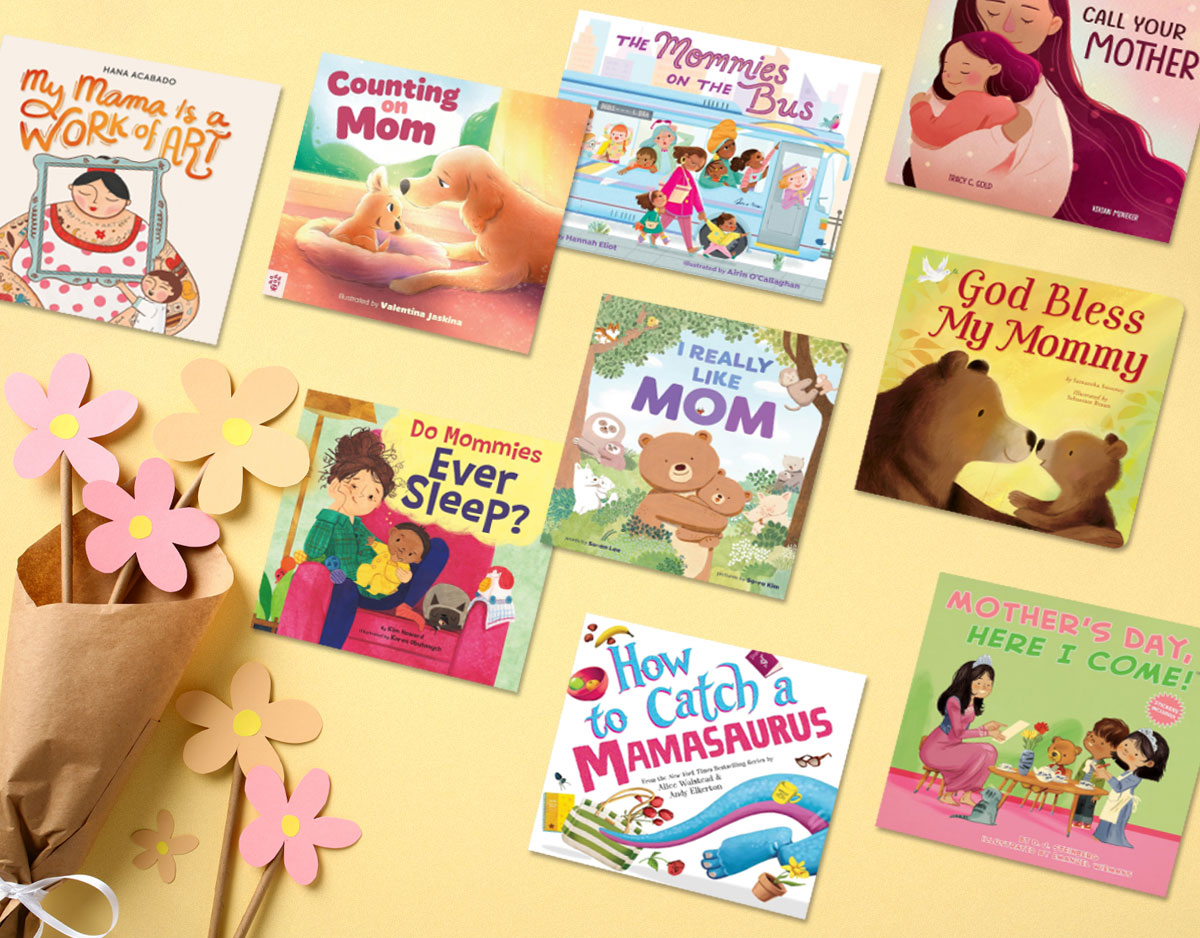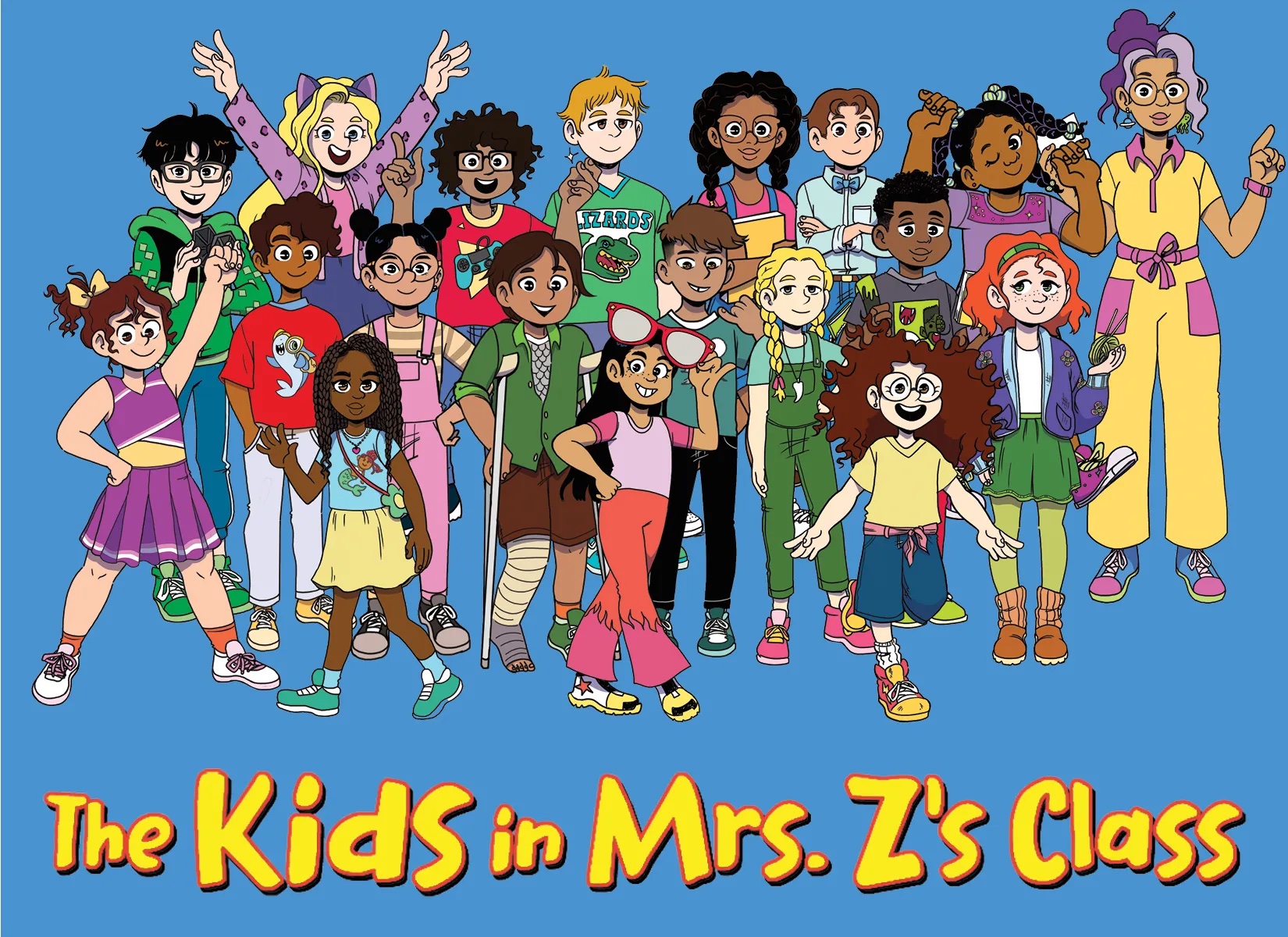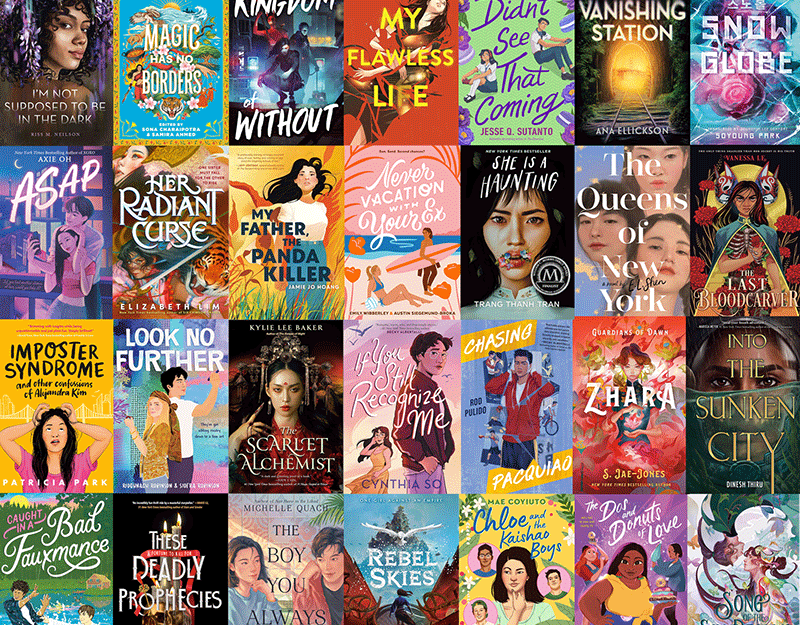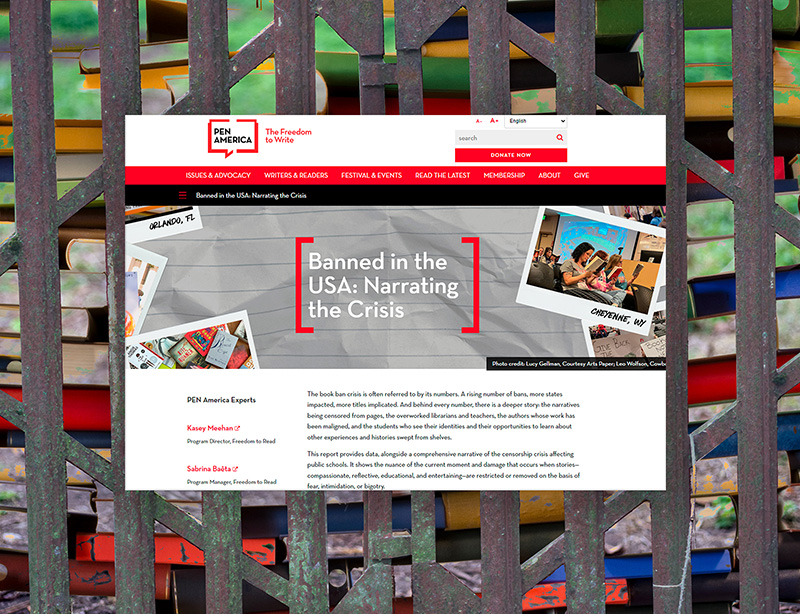SCROLL DOWN TO READ THE POST
The Listener
From guest blogger, Francisca Goldsmith:
The European experience during World War II has inspired many excellent (as well as several lesser) graphic novels—including, of course, Art Spiegelman’s Maus. What David Lester provides, however, in The Listener stands as both unique and important to read in order to better understand the present, as well as the past, memory as well as art, truth as well as propaganda. In addition to creating a compelling fictional story, he’s enlisted archival resources—posters, documented quotations from recordings—in the telling of his multilayered narrative. And these aren’t just pasted on or pasted in to a story he wants to tell; he wants to and succeeds in showing, as well as telling, how image and word promoted Hitler’s rise to power as well as how image and word (or sculpture of word) can inform contemporary viewers as well. In spite of moving back and forth in time, intercutting scenes of the coming Holocaust with scenes of physical survivors seventy years on, the strength of his narrative keeps the reader and viewer consistently on track. While the black ink washes verge on impressionistic, the details are maintained and clear, another elegant balance between past and present, memory and act, event and feeling. This demands to be added to any shelf on which Anne Frank’s Diary, as well as Maus or Miriam Katin’s We Are on Our Own, are available. It will rarely be sitting on the shelf.
LESTER, David. The Listener. 310p. Arbeiter Ring. 2011. Tr $19.95. ISBN 978-1-894037-48-8. LC 2011-900777-0. 
Adult/High School–History is not a series of discrete moments but a series of events and acts reflected in and revised by future events and acts. Louise, a contemporary young Canadian sculptor, has planned to go to Europe when an activist friend dies in a fall while raising a protest banner in Vancouver. She proceeds with the trip and confronts not only her own developing sense of sadness at her loss but also how German history has influenced art and politics on an international and deeply personal level. Lester has created a highly textured story, relying on and making excellent use of primary sources from the rise of the Third Reich while never losing a strong narrative voice that compels readers to care about Louise as well as the postwar and prewar Europeans she meets as she travels. His images are rendered in deeply shadowed but clear washes of black ink, occupying panels that range from full and silent pages to flowing panels of three to five a page that hold the well-paced conversations from Louise’s present and propagandistic speeches from the past. This is an excellent graphic novel for teens who appreciate history or have an interest in contemporary politics as well as for young artists and writers who can both learn from and appreciate the storytelling that brings the past to life while focusing on a character’s present. From the opening passages, the tension never lets up, yet the story remains accessible and memorable.–Francisca Goldsmith, Infopeople Project, CA
ADVERTISEMENT
ADVERTISEMENT
Filed under: Graphic Novels
About Angela Carstensen
Angela Carstensen is Head Librarian and an Upper School Librarian at Convent of the Sacred Heart in New York City. Angela served on the Alex Awards committee for four years, chairing the 2008 committee, and chaired the first YALSA Award for Excellence in Nonfiction for Young Adult committee in 2009. Recently, she edited Outstanding Books for the College Bound: Titles and Programs for a New Generation (ALA Editions, 2011). Contact her via Twitter @AngeReads.
ADVERTISEMENT
SLJ Blog Network
Behind the Scenes Q&A: DALMARTIAN by Lucy Ruth Cummins
Cape Verde Gets Its Day In the Sun: A Q&A with Janet Costa Bates
Number Call | Review
It’s Time for More Mock Newbery Suggestions
Exploring Art in Your Community: Connecting Visual Art and Literature, a guest post by Amy Brownlee
The Classroom Bookshelf is Moving
ADVERTISEMENT
ADVERTISEMENT

